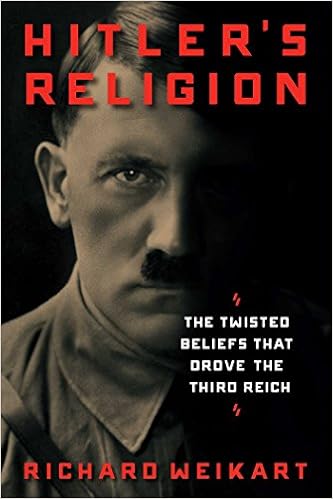This book sheds light on an important but neglected part of Nazi history – the contribution of new religions to the emergence of Nazi ideology in 1920s and 1930s Germany.
1st Edition
Post –World War I conditions threw Germans into major turmoil. The loss of the war, the Weimar Republic and the punitive Treaty of Versailles all caused widespread discontent and resentment. As a result Germans generally and intellectuals specifically took political, paramilitary, and religious matters into their own hands to achieve national regeneration. Taken together such cultural figures as Jakob Wilhelm Hauer, Mathilde Ludendorff, Ernst Bergmann, Hans F.K. Günther, and nationalist writers like Hans Grimm created a mind-set that swept across Germany like a tidal wave. By fusing politics, religion, theology, Indo-Aryan metaphysics, literature and Darwinian science they intended to craft a new, genuinely German faith-based political community. What emerged instead was an anti-Semitic totalitarian political regime known as National Socialism. Looking at modern paganism as well as the established Church, Karla Poewe reveals that the new religions founded in the pre-Nazi and Nazi years, especially Jakob Hauer’s German Faith Movement, present a model for how German fascism distilled aspects of religious doctrine into political extremism.

New Religions and the Nazis addresses one of the most important questions of the twentieth century – how and why did Germans come to embrace National Socialism? Researched from original documents, letters and unpublished papers, including the SS personnel files held in the German Federal Archives, it is an absorbing and fresh approach to the difficulties raised by this deeply significant period of history.








/cdn.vox-cdn.com/uploads/chorus_image/image/44047296/170985887.0.0.jpg)

